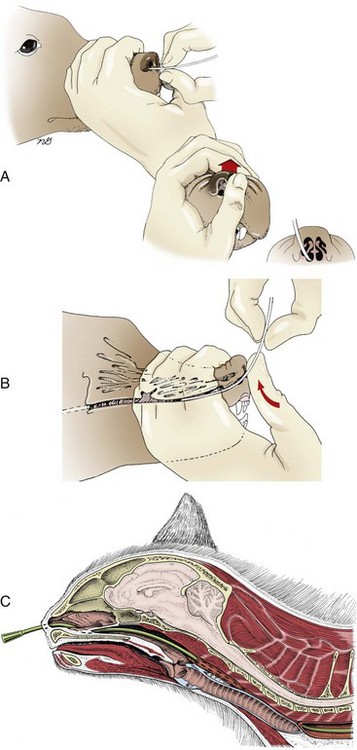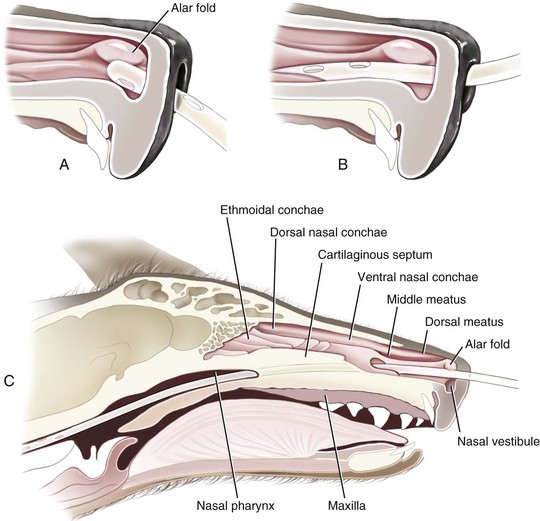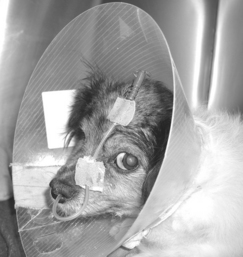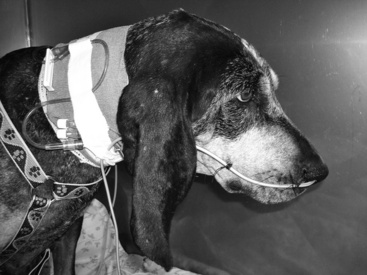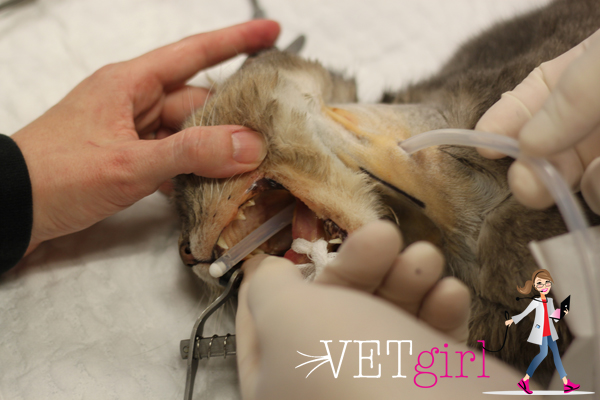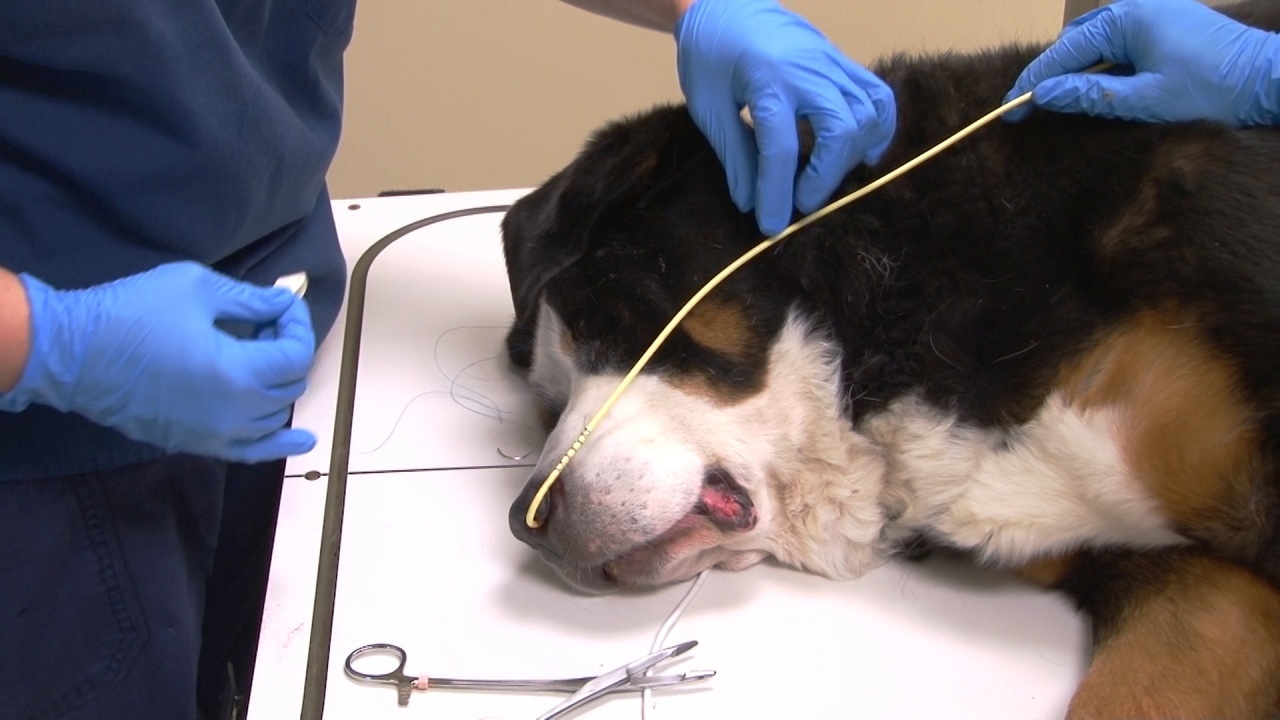Nasoesophageal Feeding Tube Dog

Enteral nutritional calculations 1.
Nasoesophageal feeding tube dog. The diet choice is enteralcare mlp which has an energy density of 1 2 kcal ml. Megan brashear cvt vts ecc demonstrates how to place a nasogastric feeding tube in a large dog including the proper placement testing and securing of. Nasogastric ng tubes are inserted into the nostril through the nasal cavity into the esophagus. There are two types of feeding tubes that may be placed by technicians nasogastric ng and nasoesophageal ne tubes.
Nasoesophageal versus nasogastric tubes. A reasonable in hospital method of enteral feeding is through a nasoenteric tube alleviating this effect. How to safely and quickly place nasogastric feeding tube in cats by nancy sheffran rvt vts ecc video courtesy. 1 2 15 16 vomiting and diarrhea are also reported but are usually related to feeding and can be resolved by adhering to the recommended protocol or changing the diet.
Feedings are scheduled for 6 times a day every 4 hours. 2 14 aspiration pneumonia may occur if the end of the tube. Nasoesophageal feeding tubes can be made of different materials including polyurethane polyvinylchloride silicone and red rubber. Hand or syringe feeding an inappetent patient can lead to food aversion caused by the patient s association of food with nausea and procedures performed during hospitalization.
In brachycephalic dogs and cats it may be necessary to place a smaller tube due to the smaller external nares. University referral veterinary hospital. To compare complication rates between nasoesophageal ne and nasogastric ng feeding tubes in dogs. A total of 46 dogs that were fed through a ne n 28 or ng n 18 tube between january 2007 and december 2011 and that also had either thoracic radiography or computed tomography performed so.
A 5 french nasoesophageal feeding tube is placed in a 11 lb cat that has been anorectic for 3 days. The availability of small bore soft polyvinyl and silastic feeding tubes i e 3 5 french 36 inch argyll or national catheter company and low viscosity nutritionally complete liquid diet formulations and patient tolerance of tube placement has made nasoesophageal nasogastric tube placement a popular avenue for feeding malnourished patients. Complications of nasoesophageal feeding tubes are usually minor and may include epistaxis dacryocystitis rhinitis sneezing and premature tube removal.




